Many people are confused when they see a white powdery layer on grapes, thinking that this white layer is mold. However, the truth is not necessarily so.
The white layer is not mold, but a natural wax called oleanolic acid, commonly known as “grape powder.” This is a product of airborne yeasts that adhere to the surface of grapes. In fact, this coating acts as a “natural armor,” helping to limit water loss and protect the fruit from bacteria and microorganisms.
Oleanolic acid is a triterpenoid compound that is widely found throughout the plant kingdom . It may help protect the liver and has antiviral effects.
Additionally, oleanolic acid exhibits strong antioxidant properties, effectively combating oxidative stress caused by free radicals. Neutralizing these harmful molecules helps protect the skin from damage and premature aging.
Additionally, it has anti-inflammatory effects: Research shows that oleanolic acid powder has anti-inflammatory effects by inhibiting the production of inflammatory cytokines. Inflammation is a common underlying factor in various skin conditions, and by reducing inflammation, oleanolic acid powder can help alleviate symptoms and improve skin health.
Incorporating oleanolic acid powder into skin care formulations can provide a variety of benefits, including improving skin elasticity, enhancing wound healing, and rejuvenating the skin overall. It is commonly used in various cosmetic and skin care products, including anti-aging creams, serums, and lotions.
During harvesting and shipping, much of this chalky layer will be lost, but if it is still there when it reaches you, the grape is still perfectly good to eat.
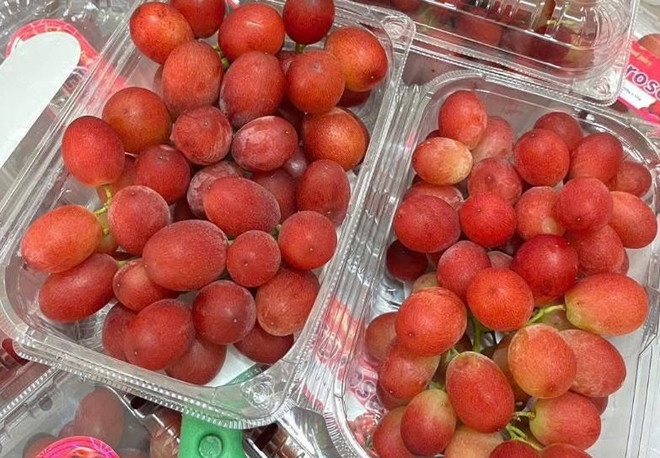
Is it harmful to eat this powder?
The answer is no. Eating a little white powder with grapes is not harmful to your health. Even if you are in the habit of tasting grapes at the supermarket, the powder will not cause any harm.
However, experts recommend that you wash the grapes with cool water before eating. Because in addition to the natural layer of powder, the surface of the fruit may contain pesticide residue, dirt or bacteria from people who have touched the grapes before. In addition, the powder also has a slightly bitter, gritty taste, which can make the eating experience less than perfect.
When is white coating a sign of mold?
Not all white coatings are safe. If the coating you see is thick, fluffy, or has a thread-like appearance around the stem, it may be actual mold or powdery mildew, not natural powdery mildew.
Simple way to recognize:
White powder: thin, dry natural powder that can be easily wiped off with fingers.
Mold: usually thicker, more stubborn, and difficult to clean.
Another tip is to check the texture of the fruit: fresh grapes will be plump and firm, while spoiled grapes will be mushy and soft.
Other signs of spoiled grapes
In addition to mold, spoiled grapes also show through many other characteristics: brown or black spots on the fruit; wrinkled, dry surface; soft, mushy, easily crushed fruit; sour or vinegar smell - signs that the fruit has begun to ferment.
If you want to be sure, you can taste it. Bad grapes often have a sour taste. However, the safer and easier way is to rely on smell and visual observation.
The white powder on grapes is mostly just natural powder, completely harmless and even has a protective effect on the fruit. It is important to distinguish natural powder from mold to avoid buying spoiled grapes./.
Source: https://www.vietnamplus.vn/cong-dung-it-biet-cua-lop-phan-trang-tren-qua-nho-post1057647.vnp







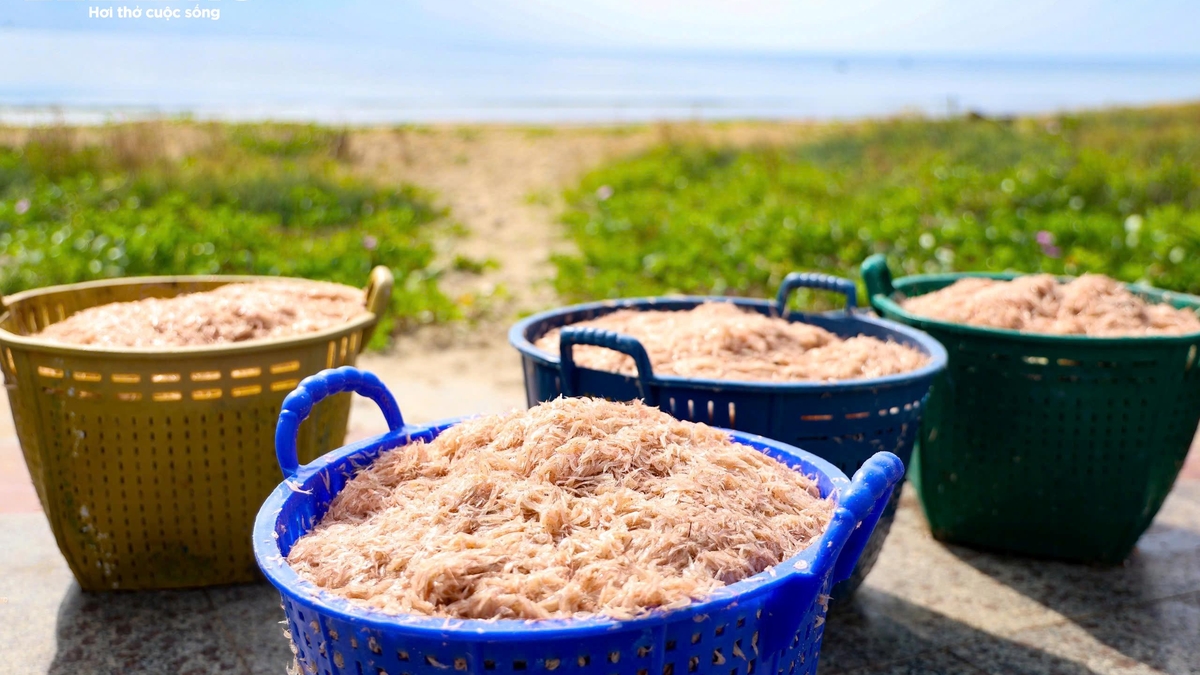



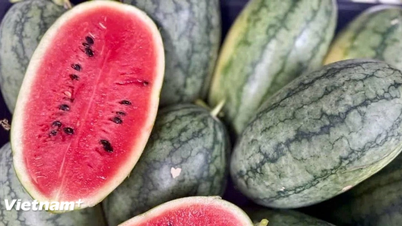



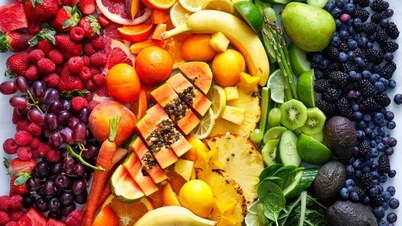


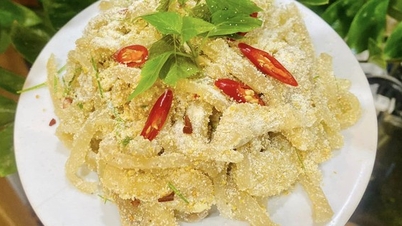

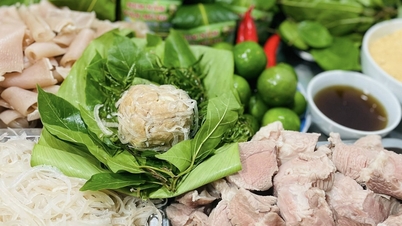
















![[Photo] Ready for the 2025 Fall Fair](https://vphoto.vietnam.vn/thumb/1200x675/vietnam/resource/IMAGE/2025/10/14/1760456672454_ndo_br_chi-9796-jpg.webp)

































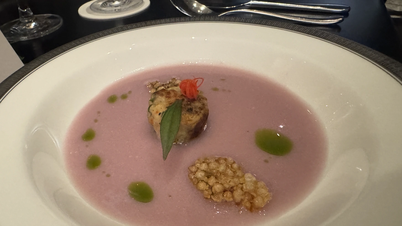
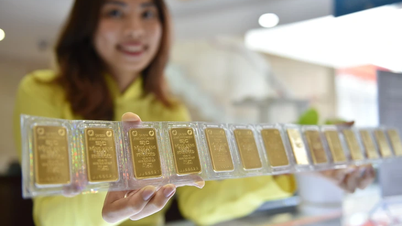



![[Photo] General Secretary To Lam chairs the meeting of the Central Steering Committee on science, technology development, innovation and digital transformation](https://vphoto.vietnam.vn/thumb/402x226/vietnam/resource/IMAGE/2025/10/15/1760500443782_anh-man-hinh-2025-10-15-luc-10-52-47.png)


















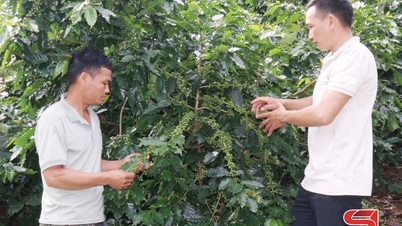

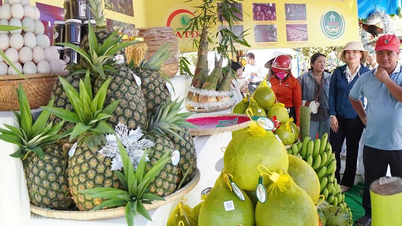


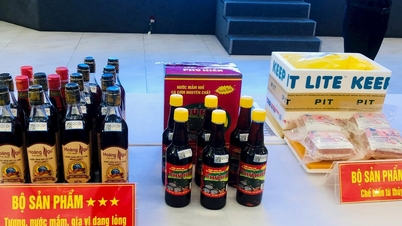










Comment (0)